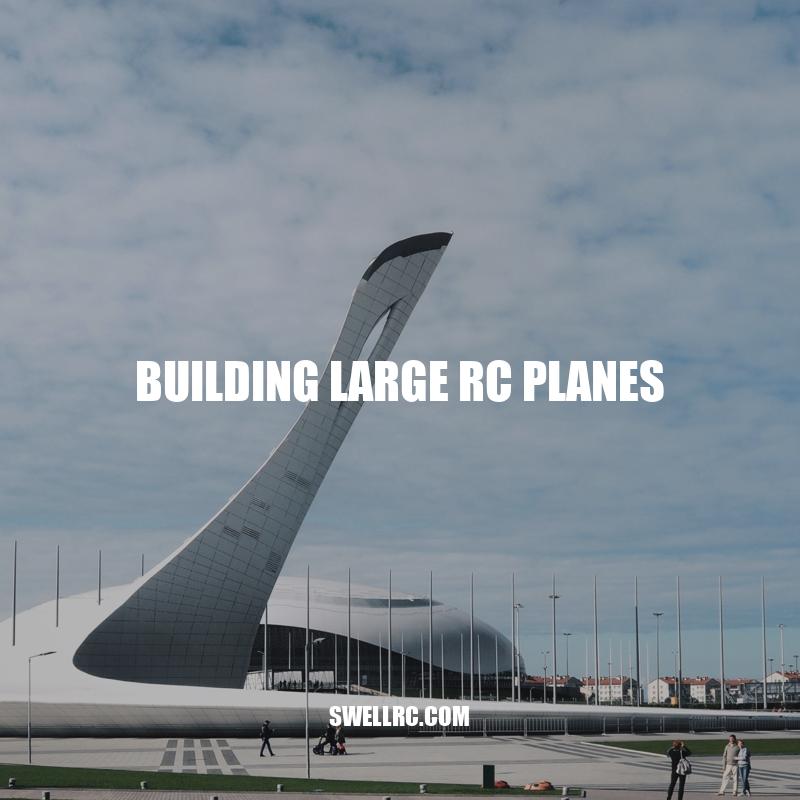Building Large RC Planes: Tips and Techniques
RC planes, or remote-controlled airplanes, are aircraft models that can be controlled using a remote controller or a mobile phone application. It is a popular hobby for aviation enthusiasts, as it allows them to experience the thrill of flying their own aircraft without leaving the ground. Building larger RC planes is a fascinating challenge for some hobbyists who want to push their skills and creativity to the limit. This article will provide an overview of the different aspects involved in building larger RC planes and offer useful tips for those who are interested in this pursuit.
Design & Planning for Large RC Planes
Design and planning are crucial in building a large RC plane. Hobbyists need to consider several factors while designing a large RC plane, such as wingspan, weight, aerodynamics, materials, and intended purpose of the plane. Pre-planning is necessary to save time and avoid mistakes in the build process. Hobbyists can use several online 3D modelling software or sketches to help visualize the design before building it. During the planning phase, one must also consider the budget of the project and make sure they have all the required tools and materials on hand.
One of the crucial factors to consider in building large RC planes is choosing the right materials. Balsa wood, foam, and carbon fiber are popular choices for the frame, wings, and fuselage. Hobbyists must also ensure that the materials they choose are strong enough to withstand the forces exerted during flight. Another important consideration is the power source. Some large RC planes require gasoline engines, while others use electric motors and batteries. Additionally, hobbyists must also select the appropriate servos and electronics to control the plane during flight.
Effective planning is essential for building a large RC plane. Hobbyists must create a detailed checklist of required tools and materials. They should also allocate sufficient time for the building process and anticipate delays or complications. Building a large RC plane also requires a workshop with sufficient space and equipment such as saws, drills, and sanders. Finally, it may be helpful to consult with experienced hobbyists or seek advice from online forums and resources such as RCGroups or Flite Test.
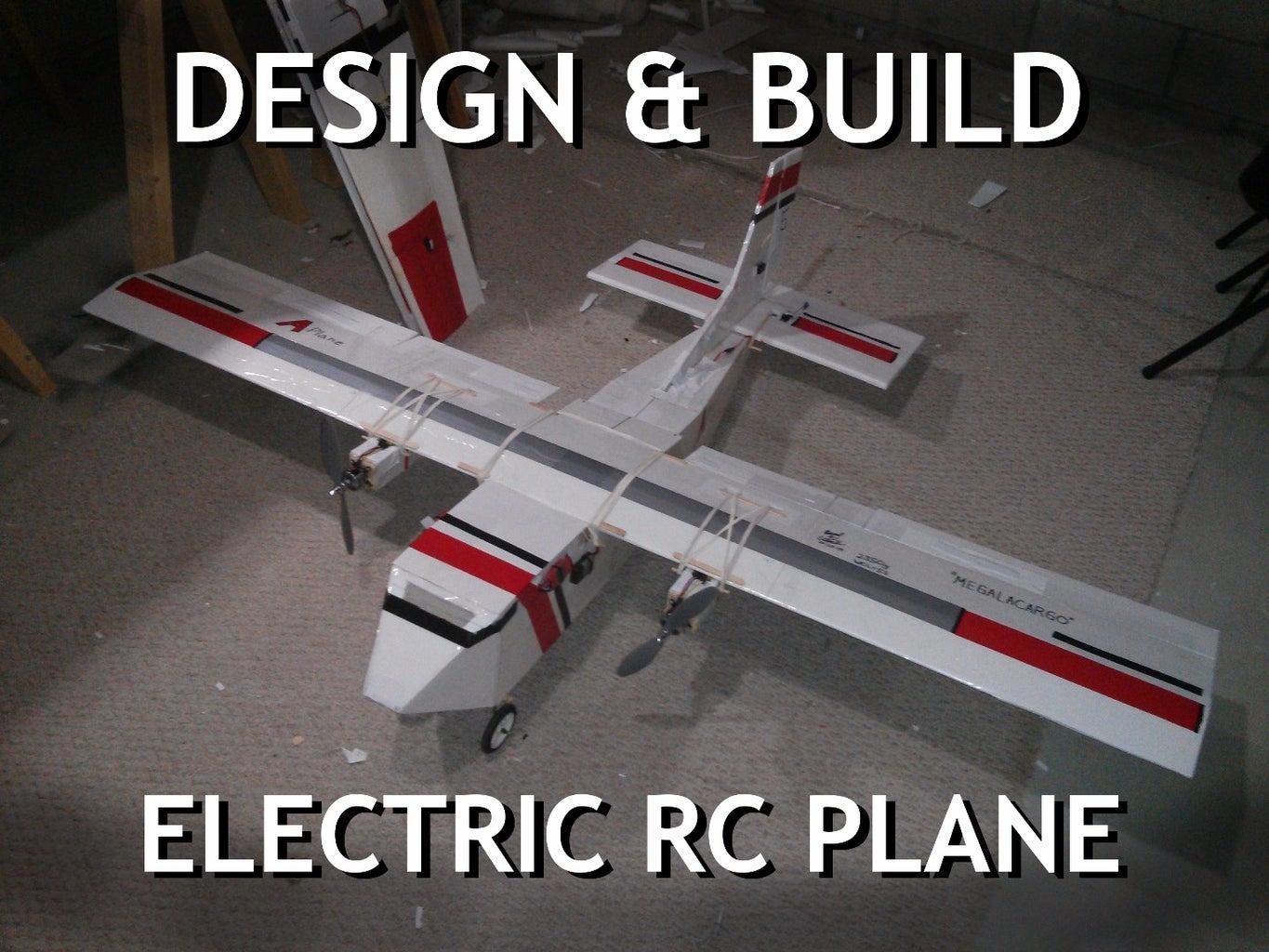
What materials are commonly used in building large RC planes and how do hobbyists choose the appropriate power source, servos, and electronics?
Common materials used in building large RC planes include balsa wood, foam, carbon fiber, and fiberglass. Hobbyists choose the appropriate power source, servos, and electronics based on factors such as weight, size, and performance requirements of the aircraft. They also consider the complexity of the build and their own level of expertise in selecting the right components.
Choosing the Right Materials & Techniques for RC Plane Build
The frame of a large RC plane plays a critical role in its performance. Choosing the right materials, techniques, and tools is essential to build a sturdy and well-balanced frame for your RC plane.
Most hobbyists prefer using materials like balsa wood, aircraft plywood, or carbon fiber. Balsa wood is a popular choice because of its lightweight, easy-to-carve nature. Some RC plane hobbyists use very thin balsa sheets and then laminate them together with thin CA glue to create an extremely lightweight, yet robust frame that holds up well. Aircraft plywood is a durable material that can handle high stresses, but it is slightly heavier than balsa. Similarly, carbon fiber can withstand high stress tolerances and provides a lightweight solution, but it is more expensive.
When building a large RC plane, it’s important to handle the materials with proper care. Wear gloves, masks, and eye protection. Be cautious when handling sharp tools. A great product that can help you with holding small parts while sanding or cutting is the Soldering Helping Hands from Jubapoz.
Tips for Building the Frame of Large RC Planes
Here are some tips on building the frame of large RC planes. First, start by designing a blueprint for the frame before building. It’s important to have a clear understanding of the size, shape, and design before investing time and effort into the project.
Next, invest in quality tools that will help you achieve precision in your work. A good-quality hobby knife, sandpaper, and a Dremel tool will make your job much easier. Check out the Dremel 4000-2/30 Rotary Tool Kit, which is a versatile tool that comes with a range of attachments.
While building the frame, it is essential to follow a strict set of guidelines to ensure the frame’s balance. RC planes need to have an even weight distribution to fly correctly.
Lastly, always double-check and test all parts before assembly. Make sure everything fits precisely and the final product is balanced and lightweight. By following these tips and investing in quality materials and tools, you can build a large RC plane frame that performs well and lasts for years to come.
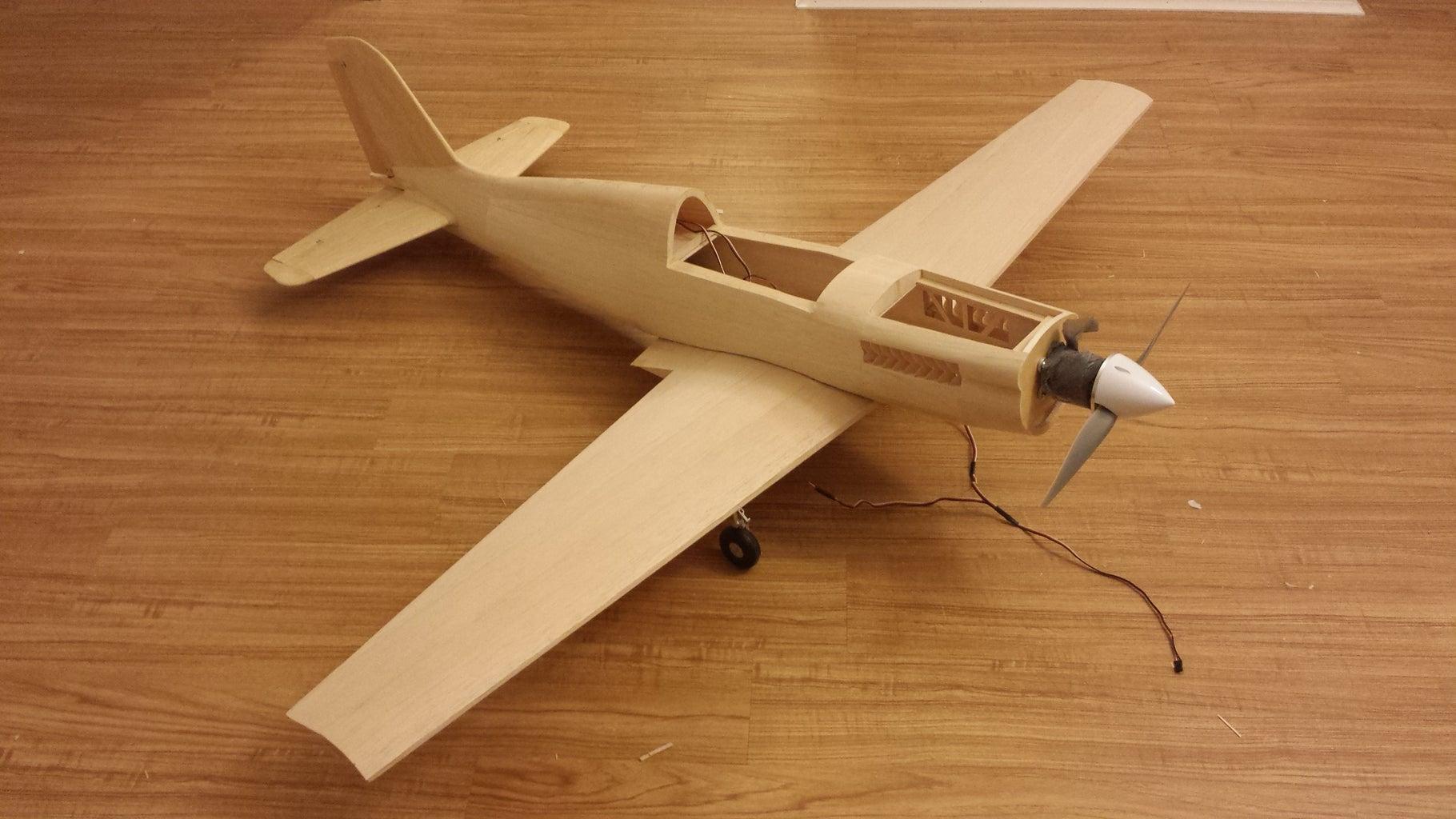
What are some tips for building the frame of large RC planes?
Some tips for building the frame of large RC planes include: using high-quality wood or composite materials, ensuring proper alignment and symmetry, using strong adhesives and fasteners, adding support beams or braces for added stability, and following a detailed and precise plan or blueprint.
Electronic Essentials for Large RC Planes
Electronics play a critical role in the operation of an RC plane, especially in larger builds. Choosing the right components and installing them correctly is vital to ensure a successful maiden flight. Some of the electronics needed for large RC planes include:
- Transmitter and receiver
- Battery
- Servos
- Motor
Installing the electronics requires some basic knowledge of electronics, but it is not hard to learn. Some tips on installation and calibration of the electronics include:
- Choosing a quality transmitter and receiver
- Ensuring the battery can handle the power requirements of the plane
- Properly mounting the servos and connecting them to the control surfaces
- Mounting the motor in the correct location and connecting it to the electronic speed control (ESC)
- Calibrating the radio and ESC to ensure proper movements and response
There are numerous resources available online for hobbyists who want to learn more about building larger planes, including websites, forums, and YouTube channels dedicated to RC plane building. Some popular online RC plane building stores include Tower Hobbies, Motion RC, and HobbyKing.
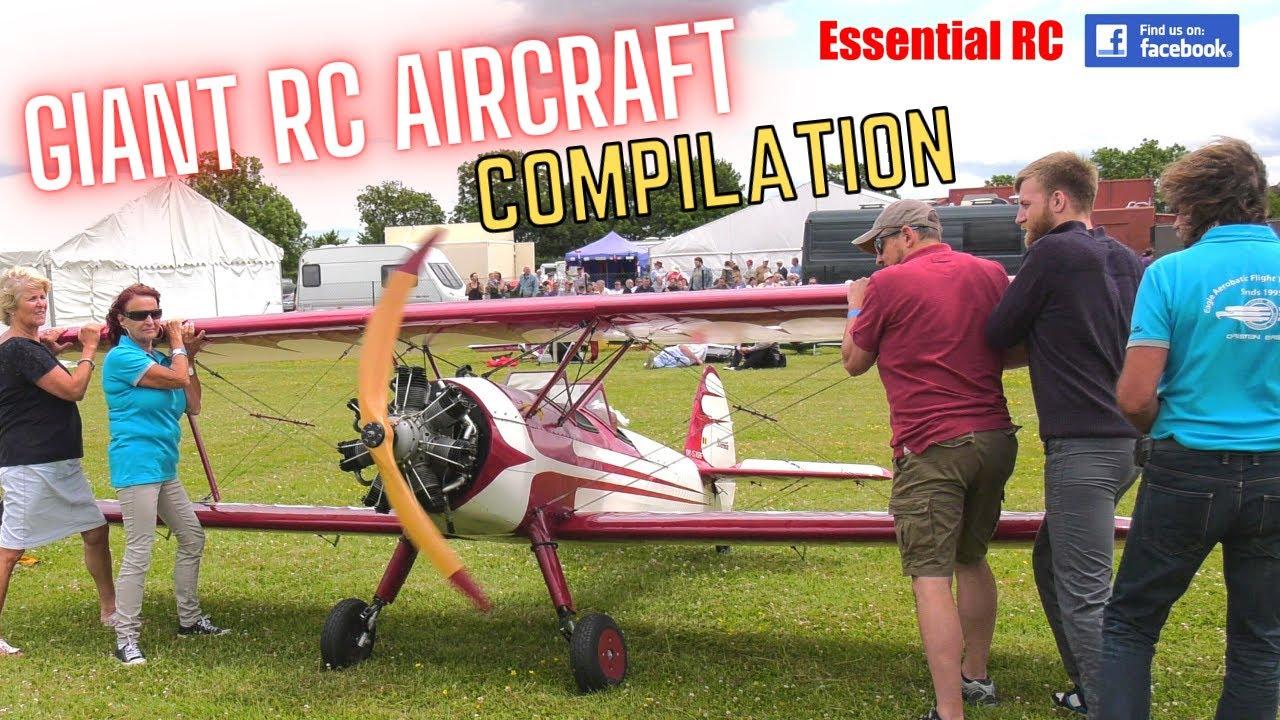
What are some tips for installing and calibrating electronics in large RC planes?
Some tips for installing and calibrating electronics in large RC planes include: ensuring proper wiring connections, double checking voltage levels, installing and adjusting electronic speed controllers, checking transmitter range and adjusting servo settings.
Preparing and Enjoying Your Large RC Plane’s Maiden Flight
Building large RC planes can be a challenging yet rewarding hobby. There are various factors to consider when constructing a large RC plane, such as the type of materials to use, the design of the plane, and the desired flying experience. One important aspect to keep in mind is the weight of the plane, as it can affect the flight’s stability and maneuverability. Additionally, understanding aerodynamics and the physics of flight can help in building a successful large RC plane.
When building large RC planes, it is essential to have the right equipment and tools, such as a high-quality RC plane kit, a powerful soldering iron, and specialty adhesives such as epoxy and cyanoacrylate glue. Many RC hobby shops offer a wide range of building materials and tools, and online retailers like Horizon Hobby and Tower Hobbies also carry an extensive selection of RC plane kits and accessories.
Once the plane is built, it is important to ensure that it is safe to fly by conducting several tests and tuning procedures. RC flight simulators can also help in practicing flying techniques and maneuvers before attempting them in real life. Prior to the maiden flight, it is recommended to test the plane’s control surfaces, taxi it on the ground, and perform a glide test to observe its flight behavior.
When flying a large RC plane, safety should always be a top priority. It is advised to check the weather conditions and avoid flying near buildings, power lines, or people. Having a spotter can also help in launching and landing the plane, as well as keeping it within visual range. Forums like RC Groups and online instructional videos on platforms like YouTube can also provide valuable information on building and flying large RC planes.
By following proper building and flying procedures and being mindful of safety, building and flying large RC planes can be an engaging and satisfying hobby.
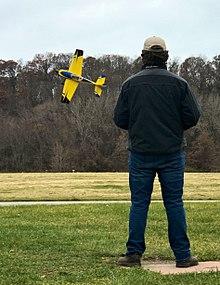
What equipment and tools are necessary for building large RC planes?
Tools required for building large RC planes include a hobby knife, sandpaper, pliers, wire cutters, needle-nose pliers, soldering iron, hot glue gun, drill and drill bits, and a table saw or jigsaw. In addition, a range of equipment such as servos, motors, and radio equipment are also required.
RC plane building and flying is a fun and rewarding hobby that combines several skills, including designing, building, and flying. It can be an opportunity to explore one’s creativity, develop patience, and gain knowledge of aerodynamics, engineering, and electronics. Building a large RC plane is a significant challenge that requires dedication and determination, but the joy of seeing one’s creation take to the sky is worth the effort.
In conclusion, building a large RC plane involves several crucial steps, including design, planning, building the frame, installing electronics, testing, and flying. These steps require patience, attention to detail, and a passion for aviation. By following these steps and observing safety measures, hobbyists can create a unique and satisfying experience that can be shared with others in the RC plane community. With the vast resources available online, such as websites, forums, and instructional videos, the journey towards building a large RC plane is easier than ever before. So whether you’re a beginner or an experienced hobbyist, building a large RC plane is an exciting and fulfilling challenge that’s definitely worth taking. Happy building and flying!

